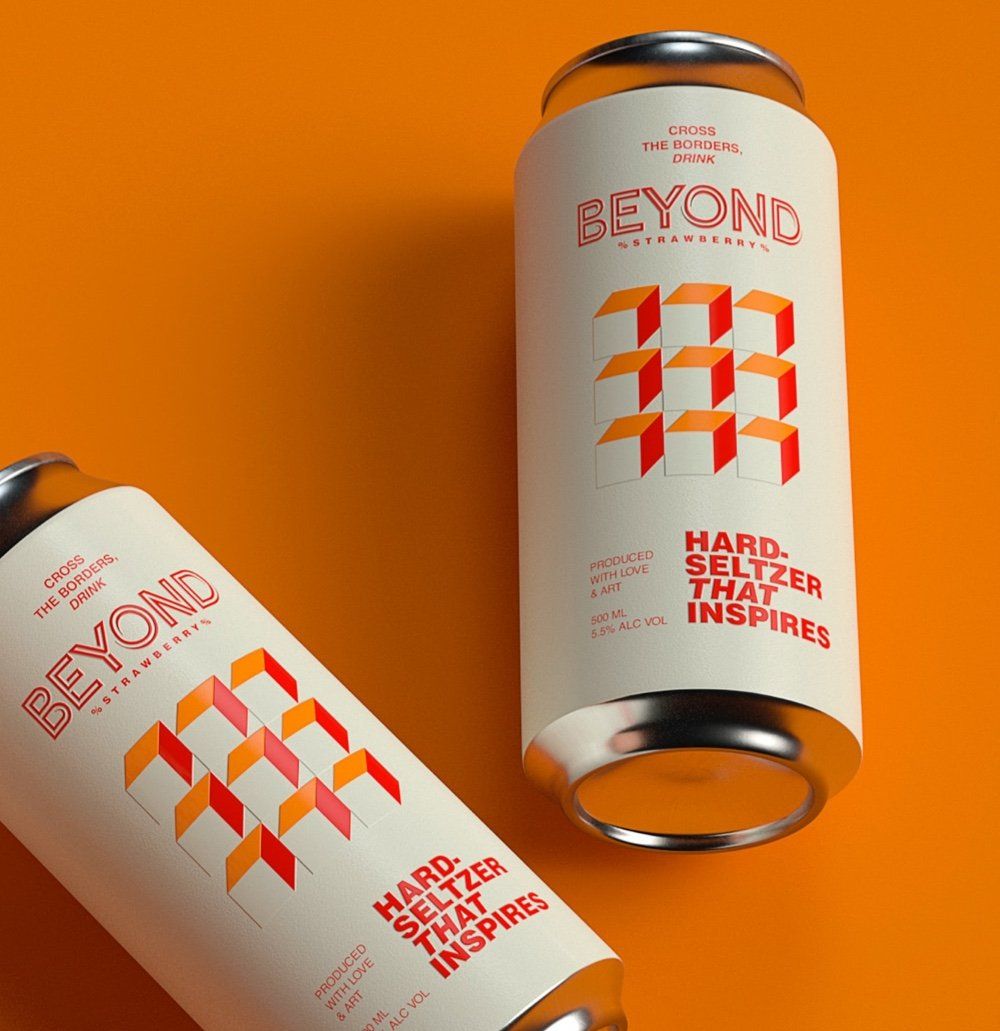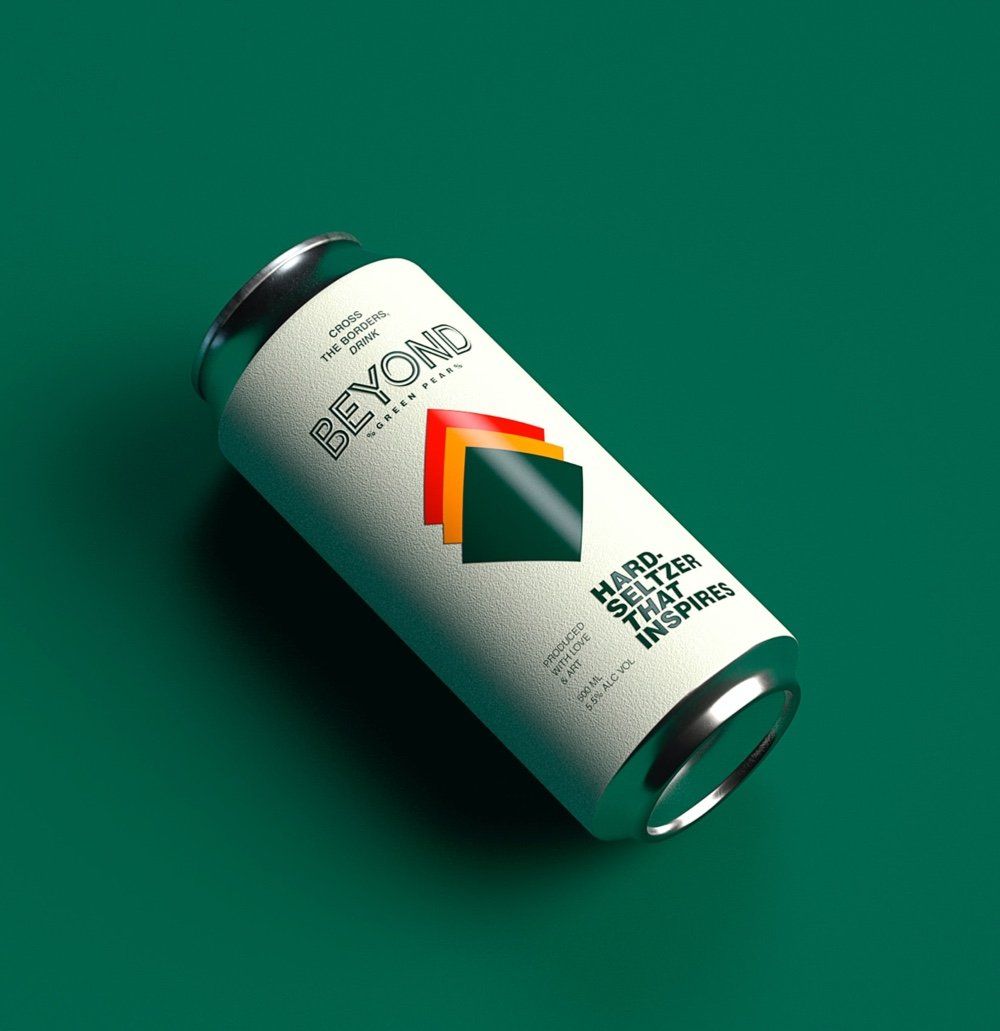Coursera
Mobile App Feature Redesign
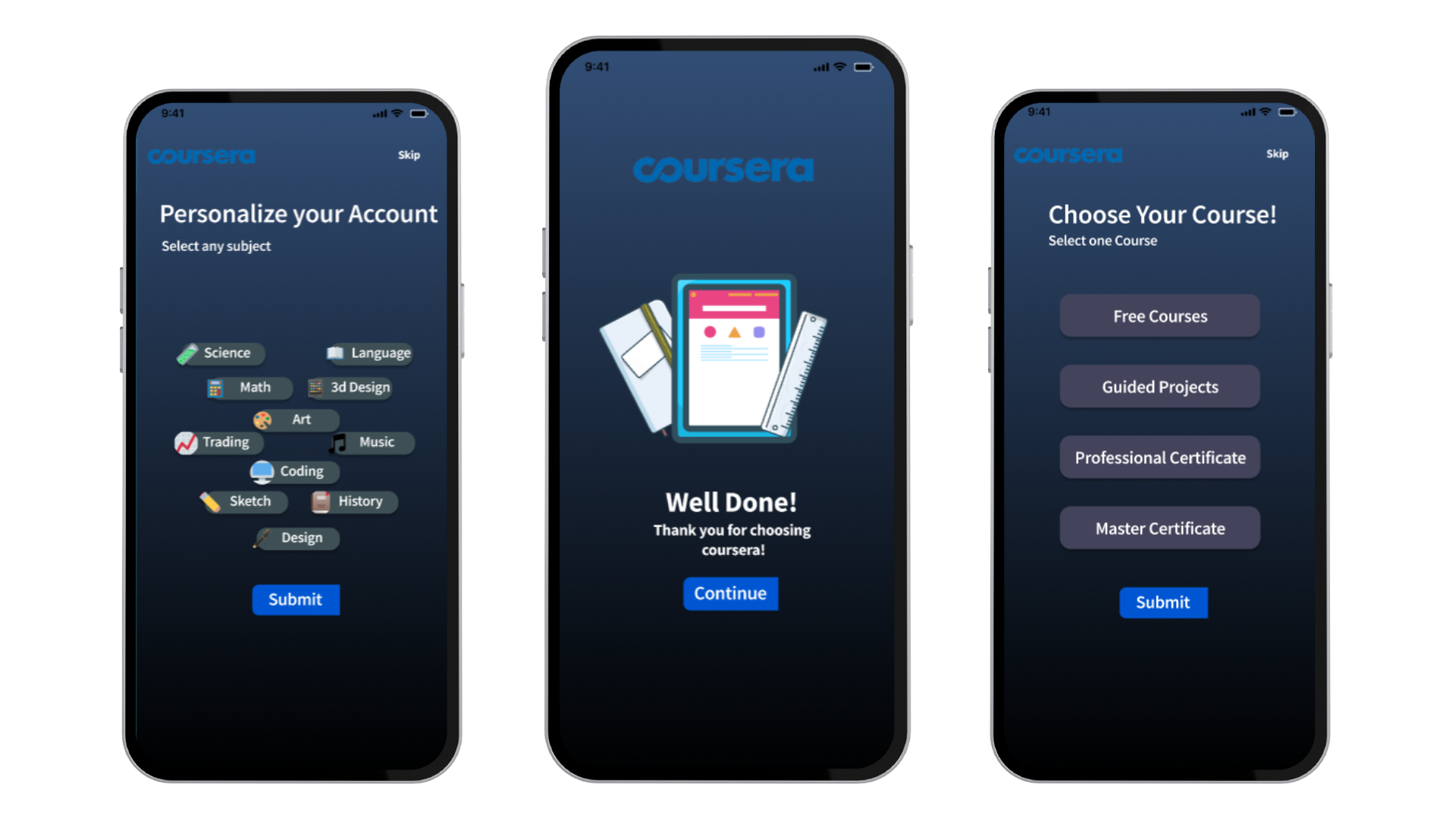
Company | Coursera
UX Research/Design
Prototyping
Mobile App Feature Redesign
Our mission with Coursera: Find out why users lack interaction after initial course
We found that users struggled to find their next learning steps. As the renowned online education platform, Coursera excelled in delivering diverse courses but faced the issue of users feeling uncertain about what to do after completion. Through user interviews, affinity mapping, and design iterations, we created an intuitive and personalized solution. With a focus on refining the user experience, our team successfully addressed Coursera's pain points, ensuring that learners seamlessly progress in their educational journeys. We did this by developing a filtering system that allowed users to find and be suggested courses personalized to them. Insuring each user had a personalized experience based on their interests.
My Role
As the vanguard of UX design, my role was multifaceted, spearheading the research crusade, orchestrating user interviews, conducting granular data analysis, and orchestrating seamless collaboration across multifarious teams. At every juncture, I ensured that user needs remained sacrosanct, infusing the project with a veneer of user-centricity and meticulous attention to detail

Research Methodologies
| Our Research Phases | ||
|---|---|---|
| ✓ User Surveys | ✓ User Interviews | ✓ Competitive Analysis |
| ✓ Usability Testing | ✓ Discovery Phase | ✓ Research Phase |
| ✓ Analysis | ✓ Design/Testing | ✓ Implementaion |
Initial Steps
Recognizing the need for a user-centered approach, we initiated the project with qualitative research. User interviews with seasoned Coursera users provided invaluable insights into their pain points. We then took those initial pain points and put them to use, by allowing them to guide our initial design research.
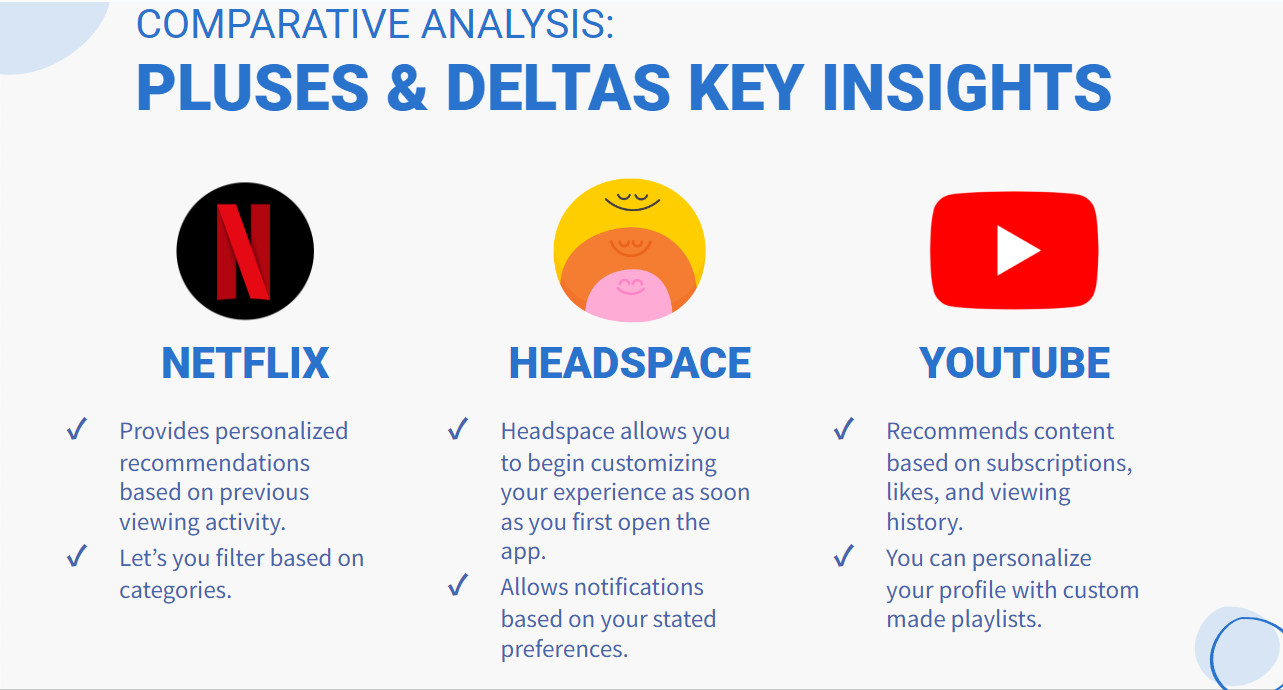
How Our Research Continued
Our research approach combined surveys to gather broad user data, interviews for deeper insights into user experiences, competitive analysis to understand industry standards, and usability testing to pinpoint issues with precision. Surveys gave us a big picture of user demographics and satisfaction, while interviews provided rich details about their behaviors and preferences. Analyzing competitors helped us identify areas for improvement, and usability testing showed us exactly where users struggled. By blending these methods, we gained a clear understanding of user needs, guiding our design decisions towards a more user-friendly platform.
Arrticulated Insights
The synthesis of our research unveiled a common challenge: users felt adrift post-course completion, lacking clear guidance on their next steps. Many expressed frustration with the platform's search functionality, finding it cumbersome to discover relevant courses aligned with their interests and career goals.
Persona Development and Journey Mapping:
To imbue our design process with empathy, we embarked on persona development and journey mapping exercises. Drawing from our research findings, we crafted detailed personas representing diverse user archetypes. Journey mapping allowed us to visualize user interactions across touchpoints, identifying pain points and opportunities for intervention.
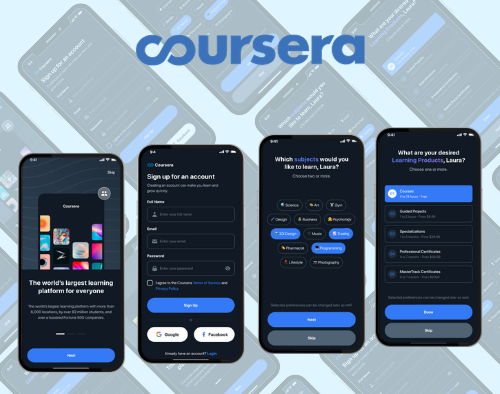
Formulating Problem Statements
Informed by our rich qualitative data, we formulated precise problem statements and How Might We (HMW) questions. This process served as a compass, guiding our design decisions and ensuring alignment with user needs and expectations.
Problem Statement
Laura requires a streamlined learning experience tailored to her career advancement goals. Specifically, she needs a personalized skill recommendation system integrated with advanced filtering options to efficiently discover relevant courses aligned with her professional aspirations and accommodate her busy schedule.
Meet Laura Our Persona!

Competitive Analysis and User Flows
Augmenting our qualitative research, we conducted a comprehensive competitive analysis to glean insights from industry peers. By scrutinizing competitor offerings and dissecting user flows, we identified best practices and areas for differentiation.
Sketching and Wireframing
Turning your dreams into reality
Translating insights into tangible design concepts, we engaged in iterative sketching and wireframing sessions. These collaborative exercises fostered creativity and consensus within the team, allowing us to explore diverse design directions and iterate on interface elements.
Prototyping and Testing
Developing a mid-fidelity prototype, we prioritized realism and usability. Through rigorous usability testing, we validated our design assumptions and iteratively refined the prototype based on user feedback. This iterative approach ensured that our solution resonated with users and addressed their pain points effectively.
Final Product
Personalized Courses
It takes just a few moments to integrate with our platform, and the results are outstanding.
Flexible Filtering System
Whether you're just starting out or have hundreds of clients, we've got a plan for you.
P New Search Options
Our team is trained to give you the very best services every time. We're really friendly, too.
Various Recamendations
We offer a variety of pricing options, so you can find the perfect plan for your budget.
Refinement/Final Results
Based on the feedback from our initial testing we did some iterative refinements, driving enhancements to user flows and interface elements. By embracing a cyclical process of prototyping and testing, we iteratively honed our design solution to achieve optimal user satisfaction and engagement. Resulting in our final product.
This final product resulted in a polished prototype that seamlessly addressed user needs and pain points. Our data-driven approach, anchored in comprehensive research and iterative design, culminated in a solution that resonated with users and positioned Coursera as a leader in online education.



